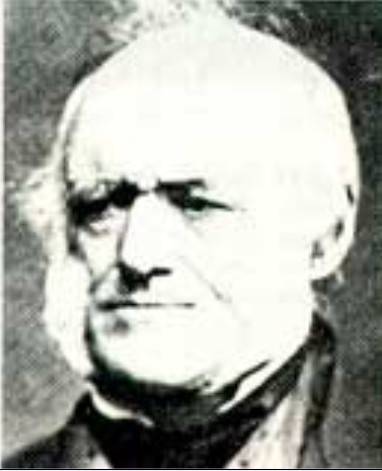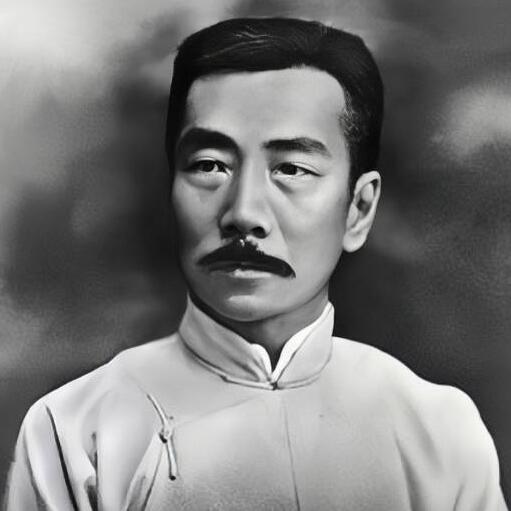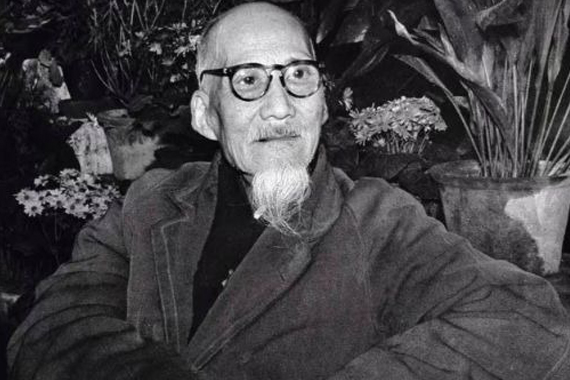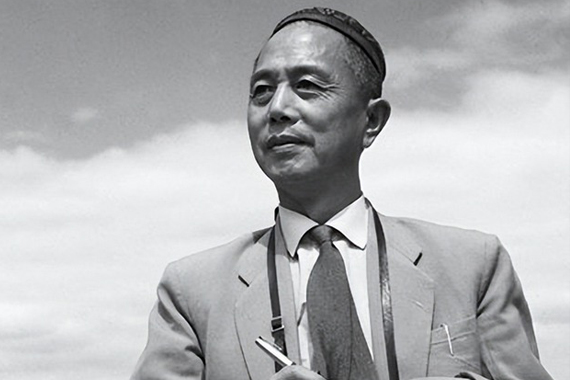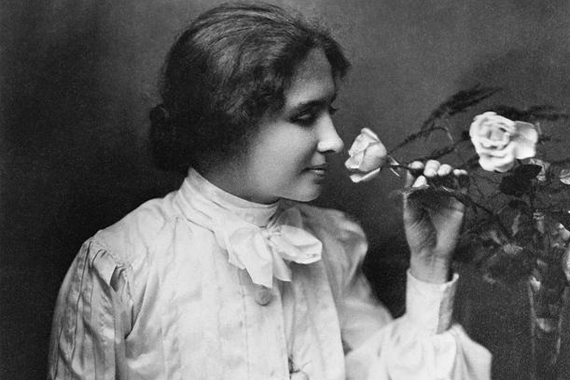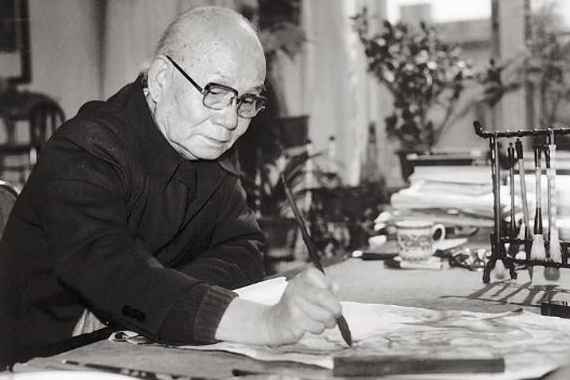-
查尔斯·莱尔 编辑
查尔斯·莱尔爵士,第一代从男爵(Sir Charles Lyell, 1st Baronet,FRS,1797年11月14日-1875年2月22日),英国地质学家,律师,地质学鼻祖,19世纪英国著名的地质学家、英国皇家学会会员、地质学渐进论和“将今论古”的现实主义方法的奠基人,均变说的重要论述者。在地质学发展史上,曾做出过卓越的贡献。
中文名:查尔斯·莱尔
外文名:Charles Lyell
国籍:英国
出生日期:1797年9月14日
逝世日期:1875年2月22日
毕业院校:牛津大学埃克塞特学院
职业:地质学家、律师
主要成就:现代地质学奠基人科普利奖章(1858年)沃拉斯顿奖(1866年)
出生地:苏格兰
代表作品:地质学原理
在1840年代,他到美国和加拿大旅行,因此写了两本很受欢迎的旅行与地质学书籍,一本是1845年出版的《北美之旅》(Travels in North America)和1849年出版的《再访美国》(A Second Visit to the United States)。他在1858年获得科普利奖章(Copley Medal),1866年获得沃拉斯顿奖(Wollaston Medal)。当他死于1875年,他被安葬于西敏寺。
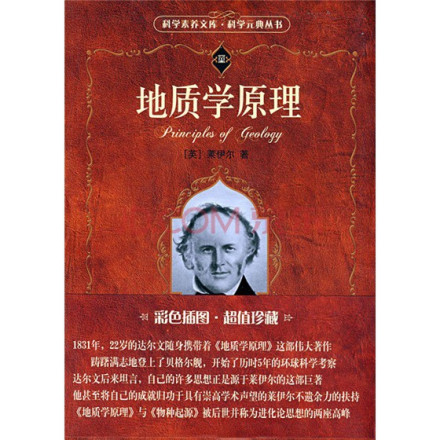 《地质学原理》
《地质学原理》

地质学原理
作者名称 查尔斯·莱尔
作品时间2008-6-1
《地质学原理》莱伊尔的主要著作,又名《可以作为地质学例证的地球与它的生物的近代变化》 (Modern Changes of the Earth and its Inhabitants Considered as Illustrative of Geoloay),初版共3卷,分别于1830年1月...
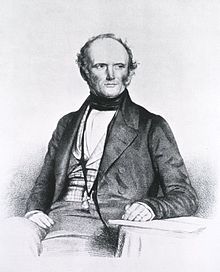 查尔斯·莱尔
查尔斯·莱尔
莱伊尔的科学道路也不是一帆 风顺的,其发展和成长过程更是曲折,甚至有过错误。他最早受他的老师贝克兰(Buckland)的影响,是一个水成论者,物种不变论者。对他的观点上的错误,恩格斯也给予了严厉的批判,指出“莱伊尔的观点的缺陷——至少在其最初的形式上一在于:他认为在地球 上起作用的各种力是不变的,无论在质或量上都是不变的。地球的冷却对他来说是不存在的;地球不是按照一定方向发展着,它只是毫无联系,偶然地变化着”。恩格斯的批判,主要针对他早期的论点,后来在达尔文的帮助下,放弃了物种不变论观点,遗憾的是,他的学生们未能对地质作用的发展演变,做根本的改正,甚至导致绝对化,盲目陷入了均变论和等速论。
Lyell was born inScotlandabout 15 miles north ofDundeein Kinnordy, nearKirriemuirinForfarshire(now inAngus). He was the eldest of ten children. Lyell's father, also named Charles, was a lawyer andbotanistof minor repute: it was he who first exposed his son to the study of nature.
The house/place of his birth is located in the north-west of theCentral Lowlandsin the valley of theHighland Boundary Fault. Round the house, in therift valley, is farmland, but within a short distance to the north-west, on the other side of the fault, are theGrampian Mountainsin theHighlands.His family's second home was in a completely different geological and ecological area: he spent much of his childhood atBartley Lodgein theNew Forest, England.
Lyell enteredExeter College, Oxfordin 1816, and attendedWilliam Buckland's lectures. He graduatedB.A.second class in classics, December 1819, andM.A.1821. After graduation he took up law as a profession, enteringLincoln's Innin 1820. He completed a circuit through rural England, where he could observe geological phenomena. In 1821 he attendedRobert Jameson's lectures in Edinburgh, and visitedGideon MantellatLewes, inSussex. In 1823 he was elected to join secretary of theGeological Society. As his eyesight began to deteriorate, he turned to geology as a full-time profession.His first paper, "On a recent formation of freshwater limestone in Forfarshire", was presented in 1822.By 1827, he had abandoned law and embarked on a geological career that would result in fame and the general acceptance of uniformitarianism, a working out of the ideas proposed byJames Huttona few decades earlier.
In 1832, Lyell marriedMary Hornerof Bonn, daughter ofLeonard Horner(1785–1864), also associated with theGeological Society of London. The new couple spent their honeymoon in Switzerland and Italy on a geological tour of the area.
During the 1840s, Lyell traveled to theUnited StatesandCanada, and wrote two popular travel-and-geology books:Travels in North America(1845) andA Second Visit to the United States(1849). After theGreat Chicago Fire, Lyell was one of the first to donate books to help found theChicago Public Library. In 1866, he was elected a foreign member of theRoyal Swedish Academy of Sciences.
Lyell's wife died in 1873, and two years later (in 1875) Lyell himself died as he was revising the twelfth edition ofPrinciples. He is buried in Westminster Abbey.Lyell was knighted (Kt), and later made a baronet (Bt), which is a hereditary honour. He was awarded the Copley Medal of the Royal Society in 1858 and the Wollaston Medal of the Geological Society in 1866. Mount Lyell, the highest peak in Yosemite National Park, is named after him; the crater Lyell on the Moon and a crater on Mars were named in his honour; Mount Lyell in western Tasmania, Australia, located in a profitable mining area, bears Lyell’s name; and the Lyell Range in north-west Western Australia is named for him as well. The jawless fishCephalaspis lyelli, from the Old Red Sandstone of southern Scotland, was named by Louis Agassiz in honour of Lyell.
Career and major writings
Lyell had private means, and earned further income as an author. He came from a prosperous family, worked briefly as a lawyer in the 1820s, and held the post of Professor of Geology atKing's College Londonin the 1830s. From 1830 onward his books provided both income and fame. Each of his three major books was a work continually in progress. All three went through multiple editions during his lifetime, although many of his friends (such as Darwin) thought the first edition of thePrincipleswas the best written.Lyell used each edition to incorporate additional material, rearrange existing material, and revisit old conclusions in light of new evidence.
Principles of Geology, Lyell's first book, was also his most famous, most influential, and most important book. First published in three volumes in 1830–33, it established Lyell's credentials as an important geological theorist and propounded the doctrine. It was a work of synthesis, backed by his own personal observations on his travels.
The central argument inPrincipleswas thatthe present is the key to the past – a concept of theScottish EnlightenmentwhichDavid Humehad stated as "all inferences from experience suppose ... that the future will resemble the past", andJames Huttonhad described when he wrote in 1788 that "from what has actually been, we have data for concluding with regard to that which is to happen thereafter."Geological remains from the distant past can, and should, be explained by reference to geological processes now in operation and thus directly observable. Lyell's interpretation of geologic change as the steady accumulation of minute changes over enormously long spans of time was a powerful influence on the youngCharles Darwin. Lyell askedRobert FitzRoy, captain ofHMSBeagle, to search for erratic boulders on thesurvey voyage of theBeagle, and just before it set out FitzRoy gave Darwin Volume 1 of the first edition of Lyell'sPrinciples. When theBeaglemade its first stop ashore atSt Jago, Darwin found rock formations which seen "through Lyell's eyes" gave him a revolutionary insight into the geological history of the island, an insight he applied throughout his travels.
While inSouth AmericaDarwin received Volume 2 which considered the ideas ofLamarckin some detail. Lyell rejected Lamarck's idea of organicevolution, proposing instead "Centres of Creation" to explain diversity and territory of species. However, as discussedbelow, many of his letters show he was fairly open to the idea of evolution. In geology Darwin was very much Lyell's disciple, and brought back observations and his own original theorising, including ideas about the formation ofatolls, which supported Lyell's uniformitarianism. On the return of theBeagle(October 1836) Lyell invited Darwin to dinner and from then on they were close friends. Although Darwin discussed evolutionary ideas with him from 1842, Lyell continued to reject evolution in each of the first nine editions of thePrinciples. He encouraged Darwin to publish, and following the 1859 publication ofOn the Origin of Species, Lyell finally offered a tepid endorsement of evolution in the tenth edition ofPrinciples.
The frontispiece fromElements of Geology
Elements of Geologybegan as the fourth volume of the third edition ofPrinciples: Lyell intended the book to act as a suitable field guide for students of geology. The systematic, factual description of geological formations of different ages contained inPrinciplesgrew so unwieldy, however, that Lyell split it off as theElementsin 1838. The book went through six editions, eventually growing to two volumes and ceasing to be the inexpensive, portable handbook that Lyell had originally envisioned. Late in his career, therefore, Lyell produced a condensed version titledStudent's Elements of Geologythat fulfilled the original purpose.
Geological Evidences of the Antiquity of Manbrought together Lyell's views on three key themes from the geology of theQuaternary Periodof Earth history: glaciers, evolution, and theage of the human race. First published in 1863, it went through three editions that year, with a fourth and final edition appearing in 1873. The book was widely regarded as a disappointment because of Lyell's equivocal treatment ofevolution. Lyell, a devout Christian, had great difficulty reconciling his beliefs withnatural selection.
Scientific contributions
Lyell's geological interests ranged fromvolcanoesand geological dynamics throughstratigraphy,paleontology, andglaciologyto topics that would now be classified asprehistoric archaeologyandpaleoanthropology. He is best known, however, for his role in popularising the doctrine ofuniformitarianism.
An aerial photo of Vesuvius
Before the work of Lyell, phenomena such as earthquakes were understood by the destruction that they brought. One of the contributions that Lyell made inPrincipleswas to explain the cause of earthquakes.Lyell, in contrast focused on recent earthquakes (150 yrs), evidenced by surface irregularities such as faults, fissures, stratigraphic displacements and depressions.
Lyell's work on volcanoes focused largely onVesuviusandEtna, both of which he had earlier studied. His conclusions supported gradual building of volcanoes, so-called "backed up-building", as opposed to the upheaval argument supported by other geologists.
Stratigraphy
Lyell's most important specific work was in the field ofstratigraphy. From May 1828, until February 1829, he traveled withRoderick Impey Murchison(1792–1871) to the south ofFrance(Auvergne volcanic district) and toItaly. In these areas he concluded that the recent strata (rock layers) could be categorized according to the number and proportion of marine shells encased within. Based on this he proposed dividing theTertiaryperiod into three parts, which he named thePliocene,Miocene, andEocene. He also renamed the traditionalPrimary,SecondaryandTertiaryperiods (now callederas) toPaleozoic,MesozoicandCenozoic, which nomenclature was gradually accepted worldwide.
Glaciers
Lateral moraine on a glacier joining the Gorner Glacier, Zermatt, Switzerland.
InPrinciples of Geology(first edition, vol. 3, Ch. 2, 1833)Lyell proposed thaticebergscould be the means of transport forerratics. During periods of global warming, ice breaks off the poles and floats across submerged continents, carrying debris with it, he conjectured. When the iceberg melts, it rains down sediments upon the land. Because this theory could account for the presence of diluvium, the worddriftbecame the preferred term for the loose, unsorted material, today calledtill. Furthermore, Lyell believed that the accumulation of fine angular particles covering much of the world (today calledloess) was a deposit settled from mountain flood water. Today some of Lyell's mechanisms for geologic processes have been disproven, though many have stood the test of time.His observational methods and general analytical framework remain in use today as foundational principles in geology.
Evolution
Lyell first received a copy of one ofLamarck's books fromMantellin 1827, when he was on circuit. He thanked Mantell in a letter which includes this enthusiastic passage:
"I devoured Lamark... his theories delighted me... I am glad that he has been courageous enough and logical enough to admit that his argument, if pushed as far as it must go, if worth anything, would prove that men may have come from theOurang-Outang. But after all, what changes species may really undergo!... That the Earth is quite as old as he supposes, has long been my creed..."Charles Darwin
In the second volume of the first edition ofPrinciplesLyell explicitly rejected themechanismof Lamark on thetransmutation of species, and was doubtful whether species were mutable.However, privately, in letters, he was more open to the possibility ofevolution:
"If I had stated... the possibility of the introduction or origination of fresh species being a natural, in contradistinction to a miraculous process, I should have raised a host of prejudices against me, which are unfortunately opposed at every step to any philosopher who attempts to address the public on these mysterious subjects".
This letter makes it clear that his equivocation on evolution was, at least at first, a deliberate tactic. As a result of his letters and, no doubt, personal conversations,HuxleyandHaeckelwere convinced that, at the time he wrotePrinciples, he believed new species had arisen by natural methods. BothWhewellandSedgwickwrote worried letters to him about this.
Later,Darwinbecame a close personal friend, and Lyell was one of the first scientists to supportOn the Origin of Species, though he did not subscribe to all its contents. Lyell was also a friend of Darwin's closest colleagues,HookerandHuxley, but unlike them he struggled to square his religious beliefs with evolution. This inner struggle has been much commented on. He had particular difficulty in believing innatural selectionas the main motive force in evolution.
Alfred Russel Wallacein 1862.
Lyell and Hooker were instrumental in arranging the peaceful co-publication of the theory of natural selection by Darwin andAlfred Russel Wallacein 1858: each had arrived at the theory independently. Lyell's data onstratigraphywere important because Darwin thought that populations of an organism changed slowly, requiring "geologic time".
Although Lyell did not publicly accept evolution (descent with modification) at the time of writing thePrinciples,after the Darwin–Wallace papers and theOriginLyell wrote in his notebook:
May 3, 1860: "Mr. Darwin has written a work which will constitute an era in geology & natural history to show that... the descendants of common parents may become in the course of ages so unlike each other as to be entitled to rank as a distinct species, from each other or from some of their progenitors".
Lyell's acceptance of natural selection, Darwin's proposed mechanism for evolution, was equivocal, and came in the tenth edition ofPrinciples.The Antiquity of Man(published in early February 1863, just before Huxley'sMan's place in nature) drew these comments from Darwin to Huxley:
"I am fearfully disappointed at Lyell's excessive caution" and "The book is a mere 'digest' ".
Quite strong remarks: no doubt Darwin resented Lyell's repeated suggestion that he owed a lot toLamarck, whom he (Darwin) had always specifically rejected. Darwin's daughter Henrietta (Etty) wrote to her father: "Is it fair that Lyell always calls your theory a modification of Lamarck's?"
In other respectsAntiquitywas a success. It sold well, and it "shattered the tacit agreement that mankind should be the sole preserve oftheologiansandhistorians".But when Lyell wrote that it remained a profound mystery how the huge gulf between man and beast could be bridged, Darwin wrote "Oh!" in the margin of his copy.
1、本站所有文本、信息、视频文件等,仅代表本站观点或作者本人观点,请网友谨慎参考使用。
2、本站信息均为作者提供和网友推荐收集整理而来,仅供学习和研究使用。
3、对任何由于使用本站内容而引起的诉讼、纠纷,本站不承担任何责任。
4、如有侵犯你版权的,请来信(邮箱:baike52199@gmail.com)指出,核实后,本站将立即删除。
下一篇 詹姆斯·乔治·弗雷泽
上一篇 塞奇威克
